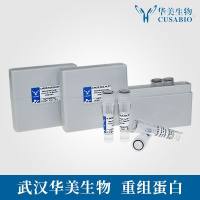Chiral Separations by HPLC Using Molecularly Imprinted Polymers
互联网
互联网
相关产品推荐

PHLDA2/PHLDA2蛋白Recombinant Human Pleckstrin homology-like domain family A member 2 (PHLDA2)重组蛋白Beckwith-Wiedemann syndrome chromosomal region 1 candidate gene C protein Imprinted in placenta and liver protein蛋白
¥1344
![(S)-2-chloro-5,6,7,8,9,10-hexahydrocyclohepta[b]indole-6-carboxaMide;848193-72-6;≥97% (chiral, HPLC);V10653-1mg](https://img1.dxycdn.com/p/s14/2025/1027/131/2990871289947862891.jpg!wh200)
(S)-2-chloro-5,6,7,8,9,10-hexahydrocyclohepta[b]indole-6-carboxaMide;848193-72-6;≥97% (chiral, HPLC);V10653-1mg
¥1700

Coronavirus spike重组蛋白|Recombinant SARS-CoV-2 Spike S1(D614G)-His Recombinant Protein,HPLC-verified
¥4500

Ctcfl/Ctcfl蛋白Recombinant Mouse Transcriptional repressor CTCFL (Ctcfl)重组蛋白Brother of the regulator of imprinted sitesCCCTC-binding factorCTCF paralogCTCF-like protein蛋白
¥1836

Ctcfl/Ctcfl蛋白Recombinant Mouse Transcriptional repressor CTCFL (Ctcfl)重组蛋白Brother of the regulator of imprinted sites CCCTC-binding factor CTCF paralog CTCF-like protein蛋白
¥1836
相关问答

